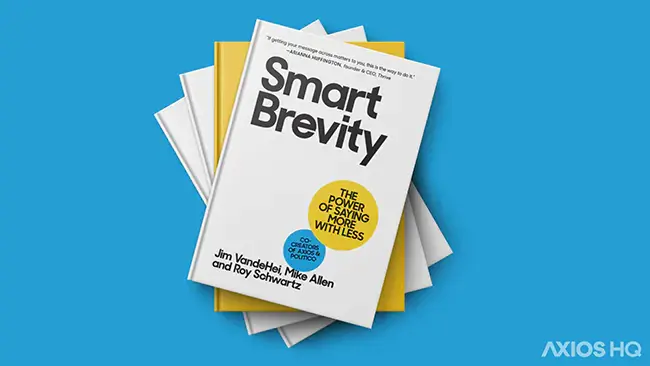WeightWatchers and Domtar on communicating like a marketer

Marketers make products and services sound desirable, ensuring people know about them and ultimately buy them — much as modern communicators must do to get internal stakeholders to buy into their messages.
- Why it matters: When you treat your readers like someone whose interest you need to gain, you're better positioned to figure out what connects, what isn't working, and where you can improve.
WeightWatchers’ Employee Experience Senior Lead Anna Paskow and Domtar’s Lead of Digital & Technology Communications Lauren Hultz discussed their best-in-class strategies for an audience-first approach to marketing information to their readers at a recent Axios HQ event.
Boil it down to three steps to ensure your newsletter is worthy of your audiences' time — better than any ad would be:
- Determine your purpose. Ask why you're sending this specific communication and what it needs to include. The more relevant and timely your information, the more likely people are to read and connect with it — and continue to look for it in the future as a trusted source of truth.
- Target your audience(s). Be audience-first. Ask “Why it matters?” to them specifically. If you can’t answer that, it’s time to go back to the drawing board to determine what folks need to hear, not what you want to say. When you know your crucial messages, segment accordingly. The more targeted your content is to the unique needs of your readers, the more likely they are to search you out time and time again.
- Build for scale. Make your process simple and repeatable. Determine your pillars, themes, and sources so you have a continual flow of the content your audience craves. Then, send consistently so folks always know when to look for new info.
The bottom line: The more you think about winning — and keeping — folks’ attention, the better prepared you’ll be to keep providing the exact content your audience needs to stay informed and aligned around key company goals.
Read next: Internal vs. external communication: What's the difference?





.webp)












.webp)

















